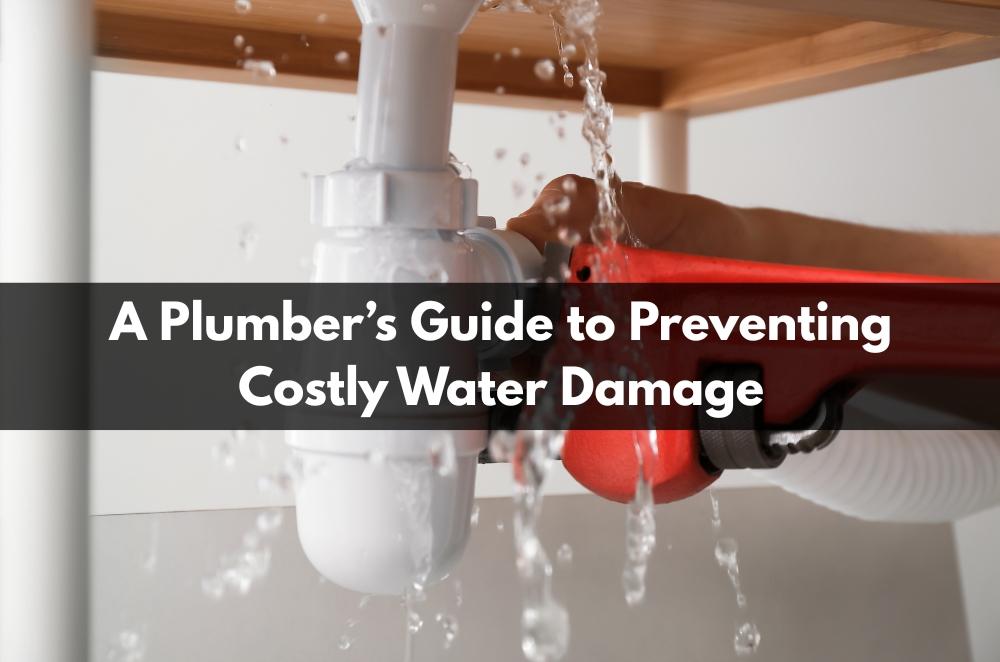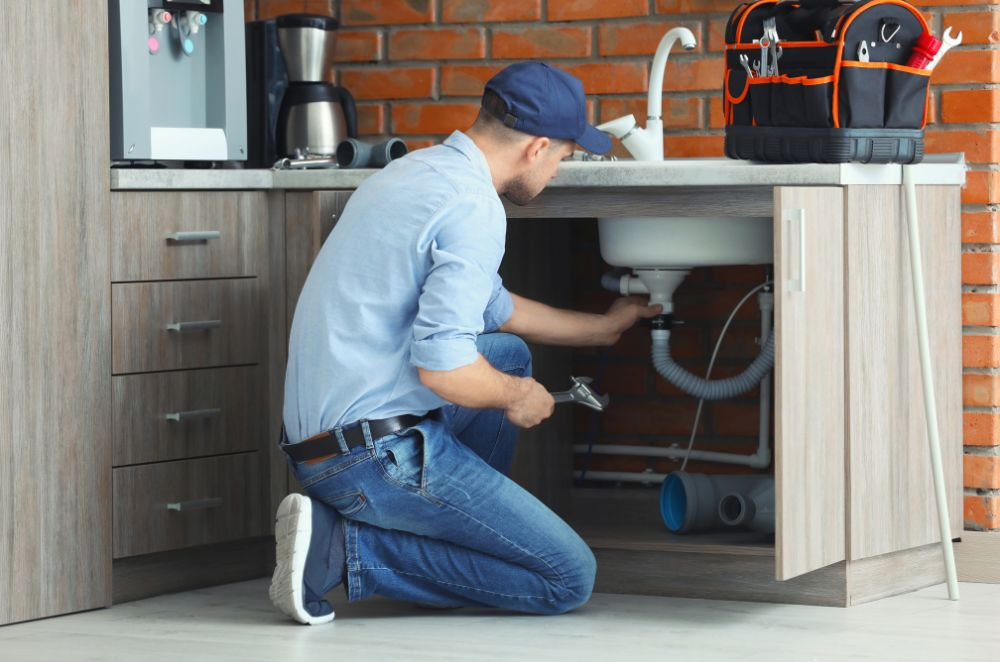A Plumber’s Guide to Preventing Costly Water Damage

Water damage rarely starts with a flood; it often begins with a quiet drip that slips under the radar. I’ve walked into homes where a soft hiss behind a cabinet told the whole story—months of slow loss, swelling timber, and aching repair bills. The quickest wins usually come from habits, not heroics: learn where the stop tap lives, listen for night-time trickles, and keep a simple log of fixes. When a drip shows up, a clear path to repair leaking tap might keep things contained before stains widen and mould settles in. No drama, just steps: locate, isolate, note the cause, and act. Most homes can shave risk with a bit of order, a torch, and a phone photo album of problem spots.
Where water damage starts at home
Most issues grow in quiet corners—under sinks, behind fridges, near washing machines, or wherever sealants are left to age. A few patterns come up again and again, and they’re all manageable with steady checks and simple tools.
-
Silent fixtures: Compression taps and mixer cartridges wear out gradually, so drips often hide in cabinetry where sound is muffled and puddles are absorbed by timber or particle board.
-
Movement and fatigue: Hoses behind dishwashers and washing machines shift with vibration, loosening threads and stressing rubber, especially when appliances aren’t level or stabilised properly.
-
Temperature swings: Seasonal changes expand and contract joints, and rigid connections pass the strain to the weakest seal, leaving tiny gaps that grow into steady leaks.
-
Neglected sealants: Old silicone around sinks and baths peels back microscopically, encouraging capillary creep that darkens plasterboard before anyone notices surface moisture.
Small adjustments carry weight. Routine checks and mindful habits reduce consumption and risk together; national guidance on reducing water use helps frame practical changes that fit everyday life without fuss.
Simple checks that prevent big repairs

A quick monthly ritual—fifteen minutes, torch in hand—catches most trouble early. Think of it like checking tyre pressure: small, boring, and the difference between calm and costly.
-
Feel under sinks: Run a dry hand along traps and flexi-hoses, then look for green or white crusting that hints at slow seepage from metal threads or valve bodies.
-
Test the meter: With taps off and appliances paused, watch the water meter for movement; a creeping dial suggests hidden flow and triggers a closer walk-through.
-
Look for sag or stain: Shadows, ripples, or hairline cracks on skirting and ceilings often mark the path of a long-running drip that hasn’t pooled yet.
-
Turn valves gently: Exercise isolation valves a quarter-turn and back to keep them from seizing; a frozen valve wastes time when a fast shut-off matters.
If you like structure, a short home checklist takes the pressure off memory. For a broader view of routine tasks most households lean on through the year, essential plumbing services sets out the typical maintenance scope in plain terms. That context keeps reactive work from crowding out small, preventive wins that save money.
What to do when a leak appears
When water shows up, slow the scene and work in order. Haste makes bigger messes; calm steps keep the footprint small and the paperwork simple later.
-
Isolate the source: Shut the nearest isolation valve first; if none is handy, use the main stop tap and note which fixtures lost pressure so you can trace lines logically.
-
Diffuse pressure: Open the lowest cold tap to relieve line pressure and reduce spray if a joint slips while you assess, then close it before you tighten or cap.
-
Contain and record: Catch run-off with towels, photograph fittings and damage, and note times; this helps if warranties or yield-loss questions arise down the track.
-
Stabilise the area: Lift mats, move furniture, and prop cabinet doors open for airflow; dry early to limit swelling, musty odours, and mould-friendly surfaces.
In practice, insurance conversations go smoother when notes are tidy and actions are sensible; sector voices like the Insurance Council of Australia, AAMI, and IAG often flag water escape as a frequent household disruptor, and clear timelines help claims stay straightforward.
Long-term protection and smart upgrades
Stronger systems reduce the odds of midnight dramas. Think in layers: better parts, easier shut-offs, and faster detection, all tuned to your home’s layout and age.
-
Upgrade critical hoses: Braided stainless with quality fittings outlasts plain rubber on high-use appliances, cutting down fatigue and sudden bursts behind closed panels.
-
Add point-of-use valves: Isolation valves beneath sinks and basins make future fixes quicker and less disruptive, especially in multi-storey homes where line purges take time.
-
Choose durable cartridges: Mixer taps with serviceable cartridges simplify maintenance; keeping a spare matched to the model prevents long waits if a seal fails.
-
Install early-warning devices: Simple leak alarms near hot water units and under sinks buy minutes that prevent hours of drying later, especially in rental or holiday settings.
Good upgrades are quiet and invisible once fitted. The goal is fewer surprises and faster control when something eventually gives way. If circumstances outgrow safe DIY or access is tight, guidance on choosing an emergency plumber in Sydney can sharpen your questions and set expectations around response times and temporary repairs.
A practical, calm plan for the year
Hold the big picture lightly and build rhythm. Start with a five-minute meter check at the end of each month; if the dial sneaks along with everything shut, you know to hunt. I keep a simple photo album on my phone—under-sink traps, flexi-hoses, valve handles, washing machine joints—snapped on the first weekend of each quarter. When a shadow appears on the ceiling or a cabinet base feels spongy, I can compare then and now without guesswork. In older houses, I also note which taps feel stiff and add a reminder to exercise valves gently so they move when I need them most. If a drip starts, I shut, breathe, and walk the steps rather than rushing. Calm actions save timber, paint, and energy; they also make conversations with trades and insurers easier because details are fresh. None of this needs to be perfect. It just needs to be repeatable, with small wins that stack until the home runs on quieter pipes and drier cupboards.







